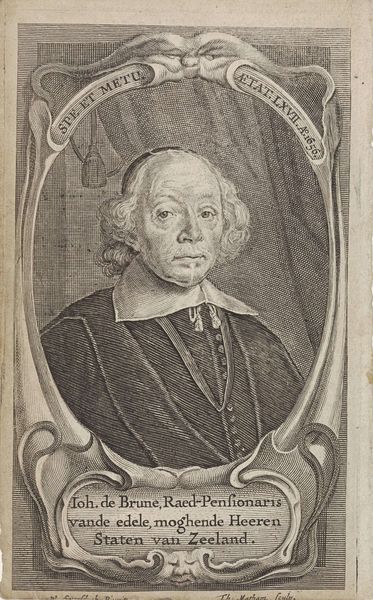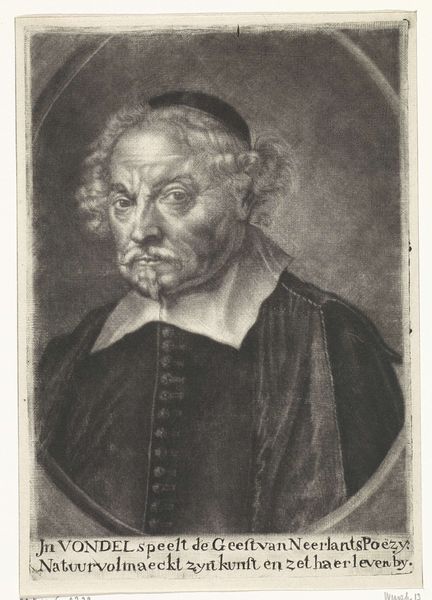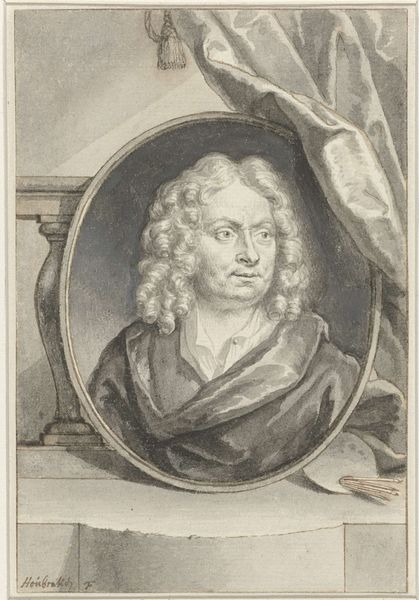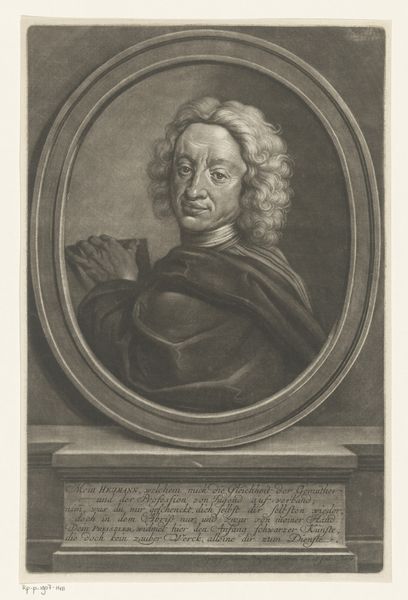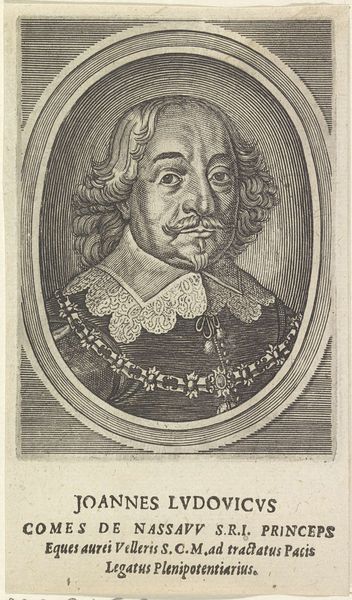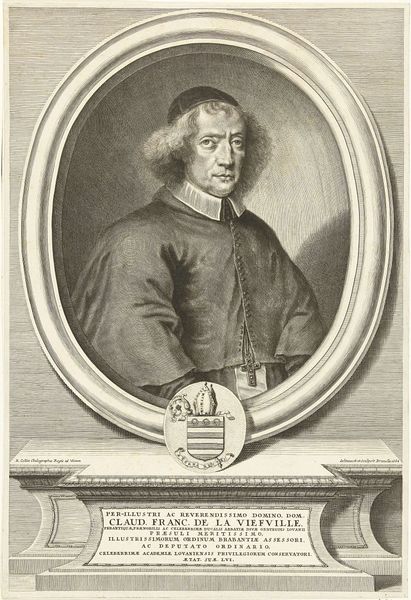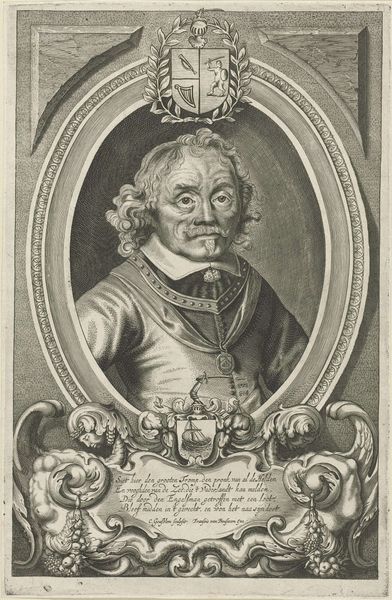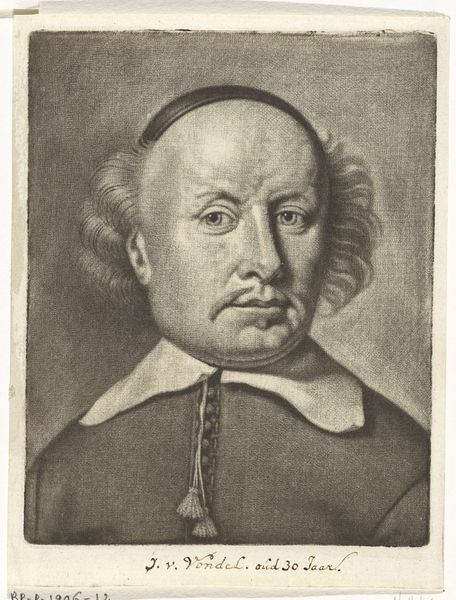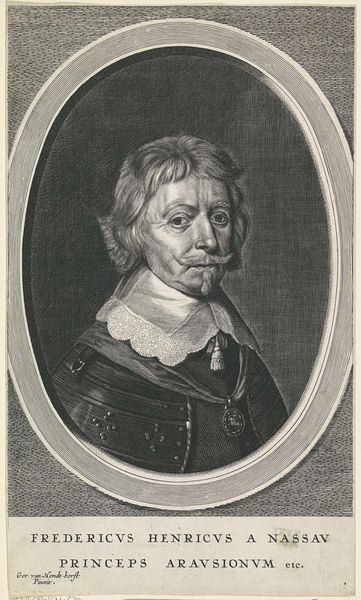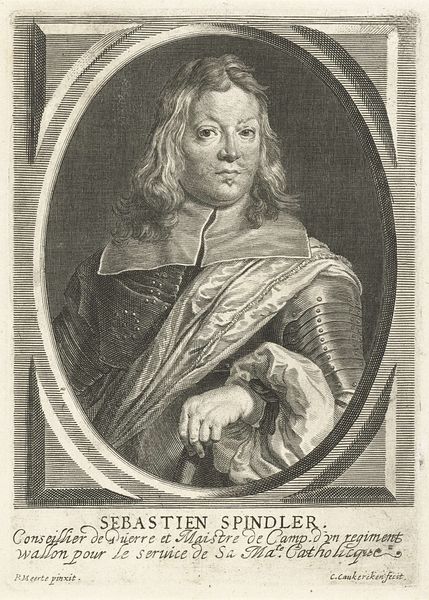
engraving
#
portrait
#
baroque
#
dutch-golden-age
#
old engraving style
#
figuration
#
line
#
engraving
#
realism
Dimensions: height 154 mm, width 89 mm
Copyright: Rijks Museum: Open Domain
Curator: Before us we have Theodor Matham’s "Portret Johan de Brune" from 1656, held here at the Rijksmuseum. Editor: It strikes me immediately with its almost unsettling realism, achieved solely through meticulously applied lines. The details seem amplified by the monochrome. Curator: Absolutely. As a print, the image has fascinating implications in terms of access and distribution, allowing wider societal access to portraits that were previously limited to the elite. And Matham's choice to depict Johan de Brune, a lawyer and writer, places intellectualism at the forefront. Editor: The rendering is what commands attention. The way the artist employs hatching and cross-hatching to model the face, especially around the eyes and mouth, communicates volumes. Do you notice the almost architectural quality of the surrounding decorative elements? Curator: Yes, the frame mirrors the man himself! De Brune’s career was marked by navigating the complex political and religious landscape of the Dutch Golden Age. His writings reflect his own journey toward religious tolerance, influencing contemporary debates. Editor: So the portrait is, in effect, presenting his intellectual persona. Still, it is Matham's handling of the line, creating varying densities and textures, which holds the composition. See how the formal severity and intensity create almost palpable presence? Curator: He also worked during a period of immense social and economic upheaval, and his life experiences are woven into this very artwork through the intricate symbolism of attire and accessories! Consider, the lace collar signifies status while simultaneously hinting at the constraints placed on the individual. Editor: So much from such precise lines! This really illuminates how much expressive power is found in the smallest detail of artistic technique and cultural significance. Curator: Indeed, a look into the historical conditions of a very tumultuous time in the Dutch Republic! Editor: Precisely. We can truly understand the complex layering of symbolic weight from an earlier century as a result of this nuanced study.
Comments
No comments
Be the first to comment and join the conversation on the ultimate creative platform.
